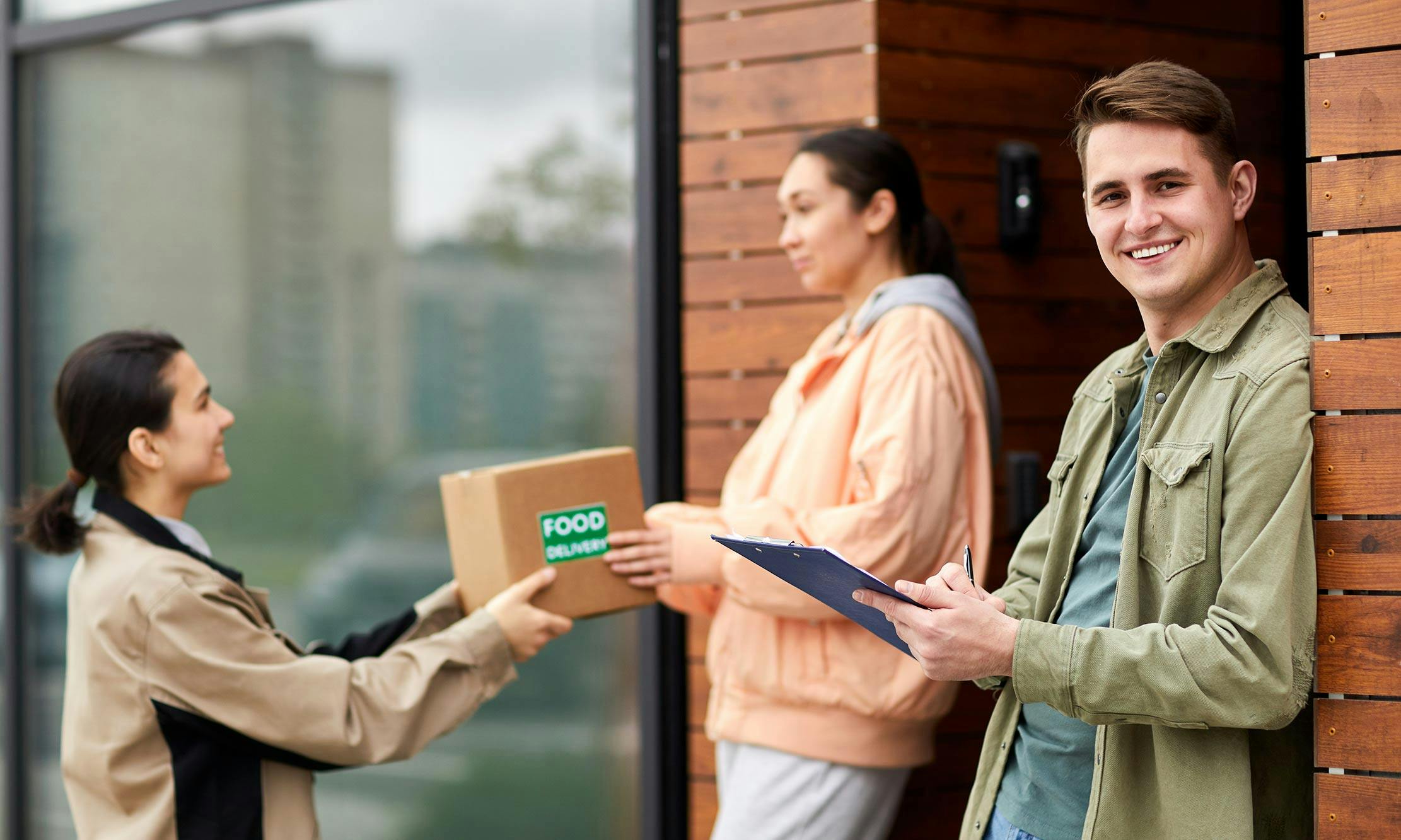Creating a sustainable food business with delivery

“We're actually experiencing constant growth in the sales with the brands that we're championing in our portfolio,” Reid says. “We're completely conscious of the economic changes, but I think how we're approaching it is we're looking at being price-savvy … The idea is to look at how we get the best possible food within an accessible price range and an easy reach.”
The impact of inflation
As inflation rises, consumers are becoming more budget-conscious and selective in what they order. Reid says that in this inflationary environment, consumers are looking for options and change, so the restaurants who can deliver are poised for success. “It's about pleasing the consumer,” she says. “It's about showcasing the best talent. It's also about acknowledging that no brand is forever. No concept should be forever.”
Food delivery offers an accessible price point, so the restaurants Reid works with are seeing lots of volume there. But that’s not to say it’s replacing dine-in options, as some had initially feared. “I do think the consumer owns their food experience in a more value-conscious way and mixes up eating out with their mood and their plans,” she adds. “We've just shifted the whole kind of entertainment choice so that you've got a more dynamic offering to everybody and delivery slots into that one. But [the] restaurant is still a very highly classified offering. People are never gonna turn their back on it. For me, I think delivery is actually taken more of a position related to grocery and retail.”
Benefits of delivery
According to Reid, delivery allows restaurants to reach more customers than they could with dine-in alone. “You don't have to depend on bricks and mortar. You don't have to depend on a limited audience because… a restaurant has its capacity and that's it,” she says. “When it comes to delivery, there's endless capacity.” Plus, consumers who might not walk or drive by your restaurant may discover it while ordering food delivery via an app.
One of the benefits of delivery to consumers is clarity at every step of the process. “It's an incredibly transparent platform,” Reid says. “You see what the experience is? It's got the prep time, delivery time; it's got the engagement time.”
Delivery also offers more choices for consumers, and that choice has forced restaurants to get more clear on their point of difference to survive in a competitive restaurant climate.
“When it comes to delivery, there's endless capacity.” -Olivia Reed, group food director of Sessions
Raising the bar
More consumer choice and competition for delivery orders means restaurants must be agile to meet consumers’ needs. “We’re constantly running … pricing tests and reviews to make sure that we're in line with other kinds of delivery offerings,” Reid says. “And we obviously lead on that and make recommendations to the brands that we represent, and we have to look at how to be competitive.”
That attention to detail extends to other aspects of the business, too. “We put a lot of time into our menu formatting and presentation and storytelling because we work a lot to… look at how we give them an entire consumer experience,” Reid says. They look at all aspects of that consumer experience, including packaging, temperature control, product quality, and personal touches like including chopsticks or a flyer with instructions on how to interact with the food.
“Restaurants … have to actually come up a notch and look at what experience are they going to be offering,” Reid says.
The restaurateur's secret sauce? Data
Without clear and precise data on the industry, it’s challenging for restaurants, ghost kitchens, and delivery businesses to adapt to trends and stay competitive.
Deliverect recently commissioned a survey by Censuswide to find out more about consumer habits around food delivery. The research was carried out in August 2022 with over a thousand general consumers around the world.
Deliverect’s Food for Thought guide draws on this research to show how restaurants can “deliver” on revenue during times of inflation. It’s a critical and unique asset for the food service and delivery industries around the world, not only sharing data but also providing actionable input and insight-based solutions. Download the complete guide.